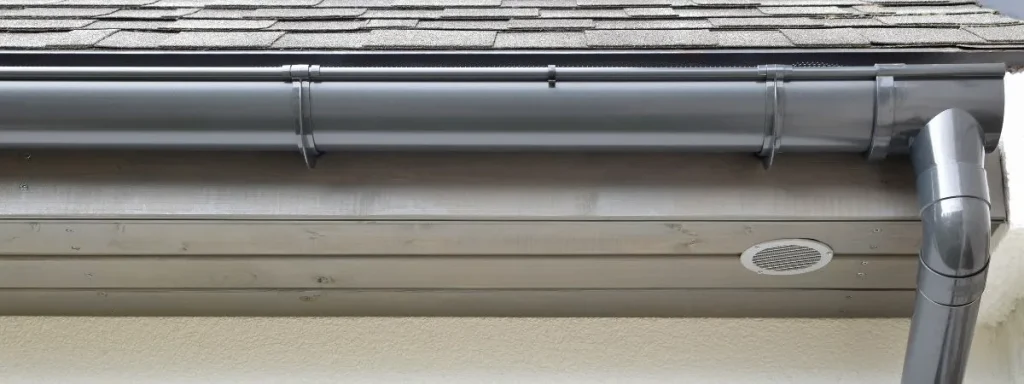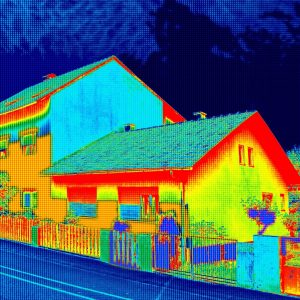The calculations required by Part G focus on four key areas: internal water use, external water use, rainwater harvesting, and greywater reuse. Internal water use includes the consumption of water by appliances and fixtures such as toilets, taps, and showers.
External water use relates to the use of water for purposes such as gardening and car washing. Rainwater harvesting involves collecting rainwater from roofs and other surfaces for use in non-potable applications, such as flushing toilets.
Greywater reuse involves the recycling of wastewater from appliances such as washing machines and dishwashers for use in toilet flushing or irrigation.
Part G Building Regulations: Water Calculations
The UK Building Regulations set out the requirements for water efficiency in new and existing buildings. Part G of the regulations specifically focuses on water calculations, which are designed to reduce water consumption and promote sustainability. This article will explore the key aspects of Part G and its water calculations, and why compliance with these regulations is essential for property owners.
Internal Water Use Calculations
Part G requires calculations to be made for internal water use, which includes the consumption of water by appliances and fixtures such as toilets, taps, and showers. The calculations aim to ensure that the water consumption of these fixtures is kept to a minimum, without compromising their functionality.
External Water Use Calculations
External water use is another key area of focus for Part G calculations. This refers to the use of water for purposes such as gardening, car washing, and other outdoor activities. The calculations are designed to ensure that the amount of water used for external purposes is minimised, without compromising their practical use.

Rainwater Harvesting Calculations
Part G also requires calculations to be made for rainwater harvesting, which involves collecting rainwater from roofs and other surfaces for use in non-potable applications such as toilet flushing. The calculations aim to ensure that the amount of rainwater collected is sufficient for the intended use and that the system is designed to prevent contamination of the stored water.
Greywater Reuse Calculations
Greywater reuse is the recycling of wastewater from appliances such as washing machines and dishwashers for use in toilet flushing or irrigation. Part G requires calculations to be made for greywater reuse systems, ensuring that they are designed to be efficient and effective in reducing water consumption.
Appliance and Fixture Requirements
Part G also requires the installation of water-efficient appliances and fixtures, such as dual-flush toilets and flow restrictors on taps. These requirements are aimed at reducing the amount of water used by these fixtures, without compromising their functionality.

Benefits of Compliance
Complying with Part G and its water calculations has several benefits. Firstly, it can help to reduce water bills by reducing the amount of water consumed. Secondly, it can help to reduce the environmental impact of the building by promoting sustainability. Thirdly, complying with Part G is a legal requirement for all new and existing buildings.
Why this is important for property owners
Compliance with Part G and its water calculations is essential for property owners in the UK. The calculations focus on reducing water consumption and promoting sustainability, and cover areas such as internal and external water use, rainwater harvesting, greywater reuse, and appliance and fixture requirements.
Complying with these regulations can help to reduce water bills, promote sustainability, and ensure legal compliance. It is important for property owners to work with qualified professionals to ensure compliance with Part G and its water calculations.




